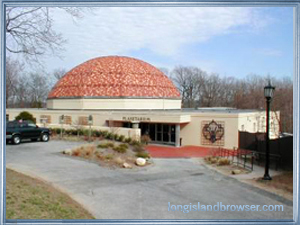ASTRONOMY EQUIPMENT
Optics Planet: Binocular Accessories, Binoculars, Compasses, Digital Camera Binoculars, Projectors & Accessories, Solarscopes, Spotting Scope Accessories, Spotting Scopes, Telescope Accessories, Telescopes, Tripod Accessories, Tripods
ASTRONOMY SOFTWARE
Starry NIght: The Worlds most realistic Astronomy Software for Amateur Astronomers and Educators.
SPECIAL EVENTS
The Venus Transit, June 5, 2012. The Venus transit is really the big sky event for the year that should not be missed, it's happening in the afternoon and some of it is visible everywhere in the country.
NASA's Sun Earth Day: will have the Venus Transit as a theme, so will be posting lots of materials soon.
YEARLY EVENTS WEBSITES
NASA's Sun Earth Day: will have the Venus Transit as a theme this year, so will be posting lots of materials soon.
International Observe the Moon Night: October 8, 2011 - International Observe the Moon Night has created the opportunity to for people to take notice of the Moon’s beauty and share that experience with one another. Through International Observe the Moon Night, we hope to instill in the public a sense of wonderment and curiosity about our Moon. Our partnerships enable us to stay up to date with the latest and greatest scientific discoveries about Earth’s nearest neighbor, and we strive to bring those discoveries to the public.
BOOKS
Astronomical Calendar: This famous atlas-sized and richly illustrated book is the most widely used and most attractive guide to what will happen in the night sky throughout the year.
"Beyond the Blue Horizon" by Dr. Ed Krupp: star/constellation lore books. He gets into a lot of various cultures & how they saw the sky. Good resource for info & short versions of stories. Used copies are available on Amazon.com.
"Star Names: Their Lore and Meaning" by Richard Allen, though a bit dry, is also a good resource to have on hand. It's available on Amazon.
WEBSITES
The Constellations from Jim Kaler's Stars: Names, meanings, remarks, maps, photos, location, etc.
Cosmobrain Astronomy: The Constellations: The Constellation Table: A complete table with informations about all the 88 Constellations as defined by the I.A.U. (International Astro Union). Abbreviations, Genitive and Latin Names, English Names and more.














